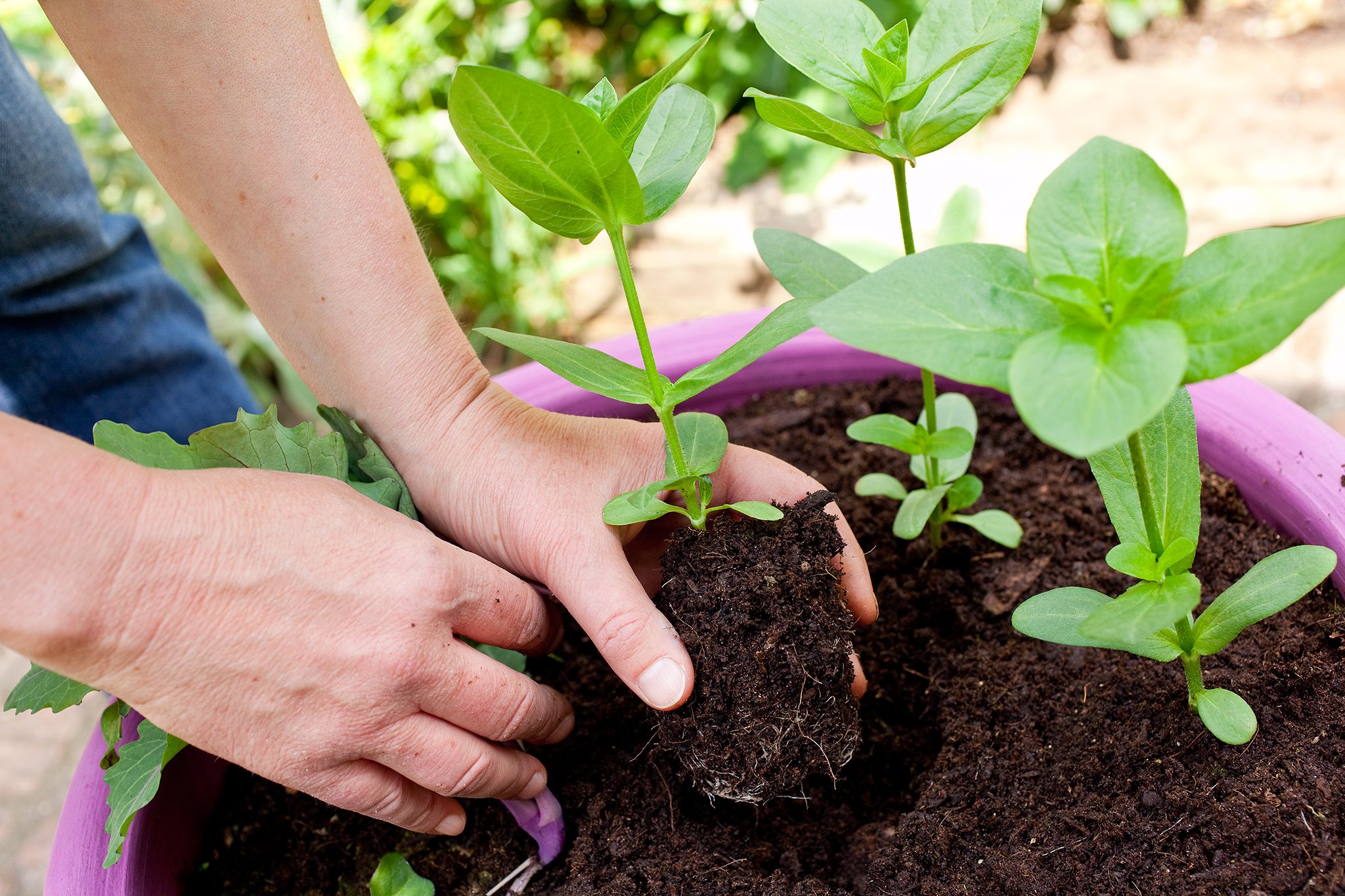Skip to content
🌱 1. Water Smart — Not Hard
- Early morning is best — it reduces evaporation and gives plants time to dry (less mildew).
- Deep and infrequent watering is better than daily sprinkles — aim to soak the root zone.
- Use mulch (straw, bark, compost) to retain moisture and block weeds.
🌼 2. Deadhead for More Blooms
- Remove faded flowers from roses, petunias, marigolds, and zinnias.
- This tells the plant to keep producing, not go to seed.
🥕 3. Harvest Often
- Pick zucchinis, cucumbers, peas, and beans while young — it keeps them producing longer.
- For herbs like basil, pinch the tops regularly to keep them bushy.
🌞 4. Guard Against Heat Stress
- Shade tender veggies like lettuce and spinach with cloth or taller plants.
- If temps hit high 80s and 90s, some plants may bolt — harvest before they go bitter.
🐞 5. Battle Bugs (Naturally)
- Look for aphids, Japanese beetles, cabbage worms, etc. early in the day.
- Use neem oil or insecticidal soap.
- Invite ladybugs and lacewings — they snack on the pests!
🍅 6. Fertilize Tomatoes (and Friends)
- June is prime time to side-dress with compost or balanced fertilizer.
- Focus on potassium and phosphorus for fruits — not just nitrogen.
🌿 7. Keep Weeds from Winning
- Weeds steal water and nutrients. Mulch and hand-pulling are your best weapons.
- Focus around young plants — they can’t compete as well.
🌻 8. Sow for Fall
- Start brassicas (broccoli, cabbage, kale) indoors mid-June for late-summer transplanting.
- Direct sow carrots, beets, and beans for staggered harvests.
🌸 9. Prune Spring-Flowering Shrubs
- Done blooming? Now’s the time to shape lilac, forsythia, and azalea before they set next year’s buds.
🐝 10. Feed the Pollinators
- Let some herbs flower (like thyme and oregano).
- Plant bee-favorites: lavender, echinacea, sunflowers, and bee balm.
Tags:
best gardening tips for beginners,
flower garden,
gardening,
organic garding,
prepping
